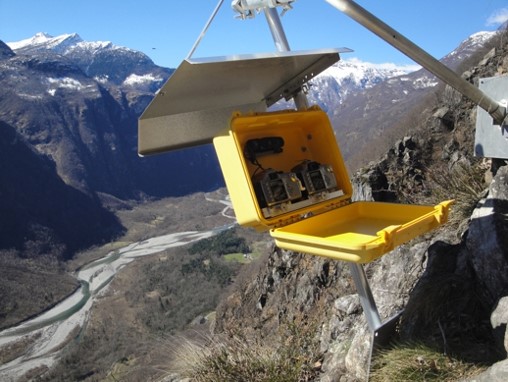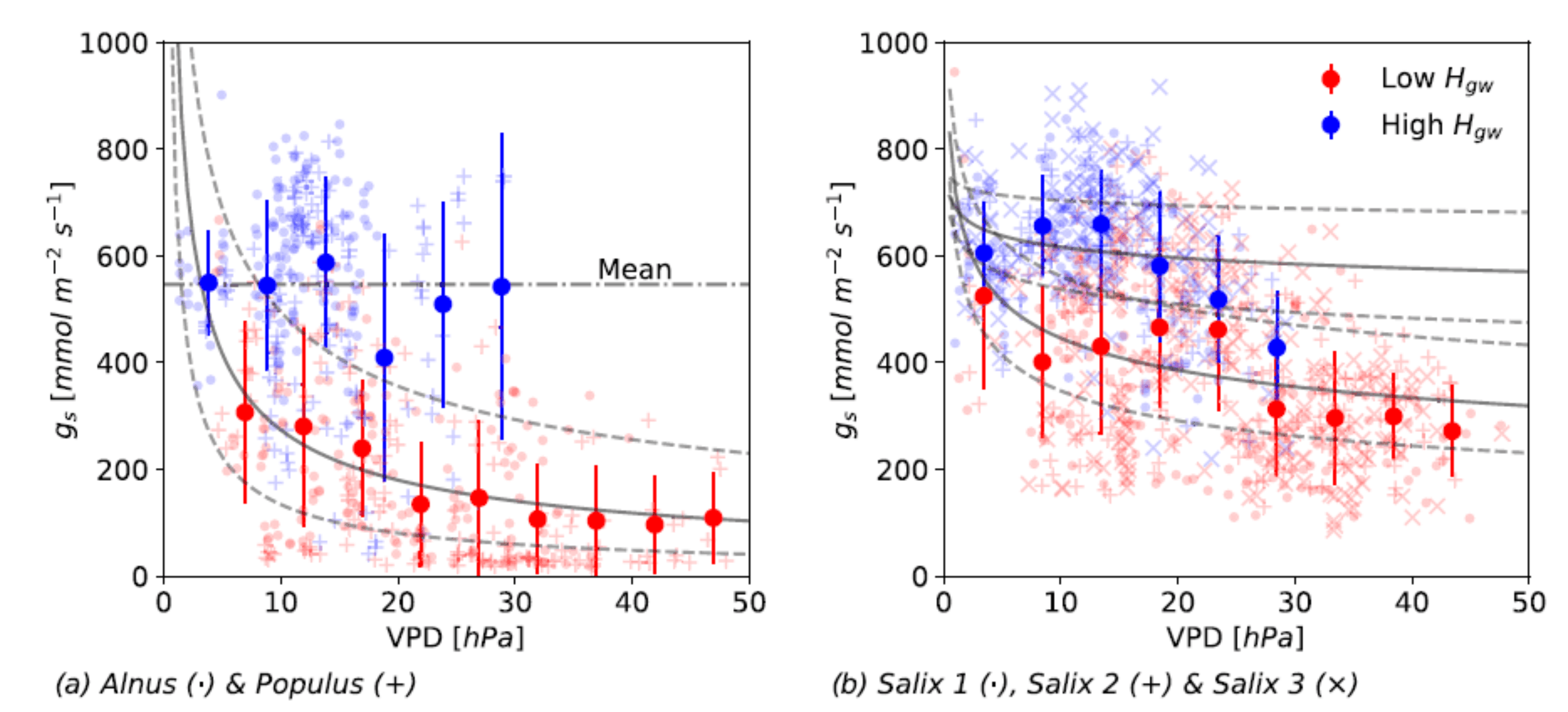Maggia River Experimental Site
The Maggia is a strongly regulated braided mountain river in Tessin where we are monitoring the hydrological fluxes and riparian vegetation responses to floods and droughts, with the aim to support river restoration strategies.
Remote riparian vegetation monitoring

The MaCam terrestrial monitoring system consists of two digital cameras (Canon EOS 350D, 24mm lens and 8 Mpx CCD sensor) in visible (RGB) and near-infrared (IR) bands positioned above the floodplain of the Maggia River. Photographs are taken at midday from summer 2008. The data are used to estimate a range of vegetation indexes (e.g. NDVI) from which vegetation change can be quantified. We have shown that both negative (damage) and positive (enhancement) response of vegetation can be detected following floods, with a selective impact based on the hydrogeomorphological setting and the intensity of the flood forcing. In ongoing work we are investigating the long-term response of riparian vegetation to water stress (drought) with the MaCam system complemented by measuring growth rates with dendrometers and from tree rings of riparian species (Salix, Alnus, Populus) and soil water content on gravel bars. This research aims at direct determination of the effects of water stress by floods and droughts on riparian vegetation in Alpine rivers.
Dzubakova, K., Molnar, P., Schindler, K., Trizna, M. (2015) external pageMonitoring of riparian vegetation response to flood disturbances using terrestrial photographycall_made, Hydrol. Hydrol. Earth Syst. Sci., 19, 195-208, doi:10.5194/hess-19-195-2015.
Salix response to groundwater levels

In this research we provide field data evidence of riparian plant response to short-term groundwater table fluctuations by measuring indirect physiological variables for photosynthesis and transpiration (stomatal conductance and daily variation in stem diameter) at six mature riparian trees of the Salicaceae family at two sites with different mean depths to groundwater during two growing seasons. The data demonstrate that the water table depth was the best predictor of stomatal conductance variability at the site with deep groundwater, while at the site with shallower groundwater, temperature and vapour pressure deficit were the best predictors. We also showed that instantaneous stomatal conductance is conditioned by groundwater levels, and that local microclimate also plays a role. Our results provide evidence of riparian trees undertaking physiological adjustments to transpiration in response to groundwater stage, depending on their riparian floodplain setting.
Martinetti, S., Fatichi, S., Floriancic, M., Burlando, P. and Molnar, P. (2021) external pageField evidence of riparian vegetation response to groundwater levels in a gravel‐bed rivercall_made. Ecohydrology, e2264, https://doi.org/10.1002/eco.2264
